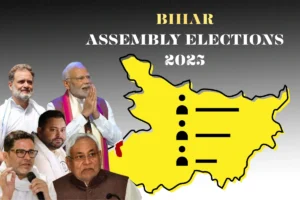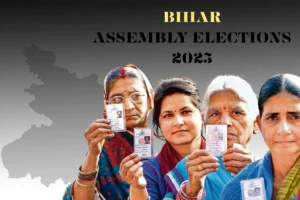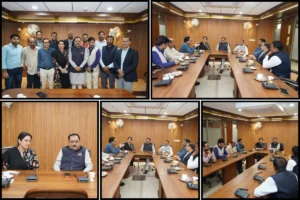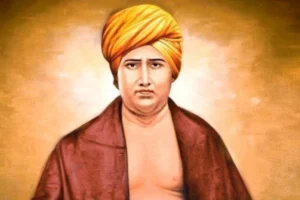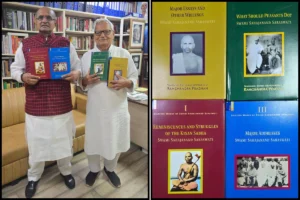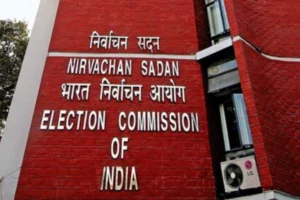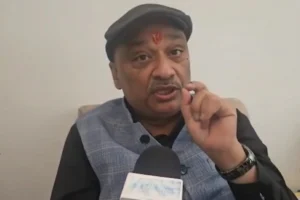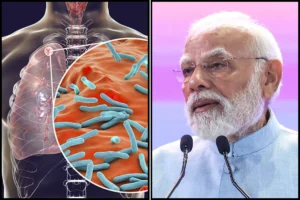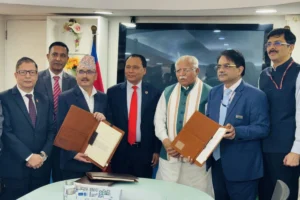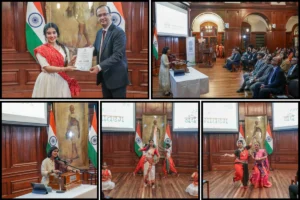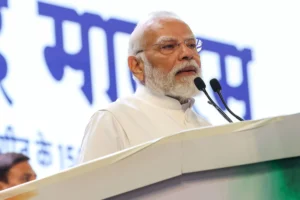
As part of the government’s mission to ensure “housing for all” in rural areas, a total of 3.79 crore houses have been allotted under the Pradhan Mantri Awaas Yojana-Gramin (PMAY-G) as of February 2, 2025.
Out of these, 3.34 crore houses have been sanctioned, and 2.69 crore houses have already been completed, according to the Ministry of Rural Development.
PMAY-G Scheme: Target And Timeline For Rural Housing
The PMAY-G scheme, which was launched on April 1, 2016, aims to assist 2.95 crore eligible rural households by providing them with basic amenities and proper housing by March 2024. The scheme’s goal is to ensure that every eligible beneficiary receives a house by the end of the financial year.
Minister of State for Rural Development, Dr. Chandra Sekhar Pemmasani, informed the Rajya Sabha that by March 31, 2024, all houses will have been sanctioned to eligible beneficiaries in states and Union Territories (UTs).
Expansion Plans Under PMAY-G
To further its objective of housing for all, the Union Cabinet has approved the proposal for the implementation of PMAY-G during the fiscal years 2024-2025 to 2028-2029. This new phase includes the construction of an additional 2 crore houses across the country.
For the year 2024-2025, the Ministry has set a target of 84,37,139 houses for 18 states, including Assam, Bihar, Chhattisgarh, Gujarat, Haryana, Himachal Pradesh, Jharkhand, Kerala, Madhya Pradesh, Maharashtra, Manipur, Odisha, Punjab, Rajasthan, Tamil Nadu, Uttar Pradesh, Andhra Pradesh, and Karnataka.
Challenges in Implementation
Despite the positive progress, the implementation of PMAY-G has faced several challenges. These include delays in the release of Central and state funds from the State Treasury to the State Nodal Account of PMAY-G.
Other obstacles include beneficiaries’ unwillingness to participate, permanent migration, disputed succession of deceased beneficiaries, delays in the allotment of land for landless beneficiaries, and the impact of state and local elections on project timelines.
Additionally, the unavailability of building materials has sometimes slowed down the progress of construction.
Government’s Initiatives For Smooth Execution
To address these challenges, the Ministry of Rural Development is taking several proactive steps to ensure the timely completion of houses under PMAY-G. These measures include the prompt allocation of targets to states and UTs, follow-ups with states for the timely release of land to landless beneficiaries, and the implementation of issue-based monitoring.
The Ministry is also using technology to streamline the process, including the use of the workflow-enabled transaction-based Management Information System (MIS) AwaasSoft, an analytic dashboard, and Artificial Intelligence (AI) and Machine Learning (ML) tools for better monitoring and tracking.
Also Read: India’s Electric Vehicle Sales Surge In January With Double-Digit Growth
To read more such news, download Bharat Express news apps







